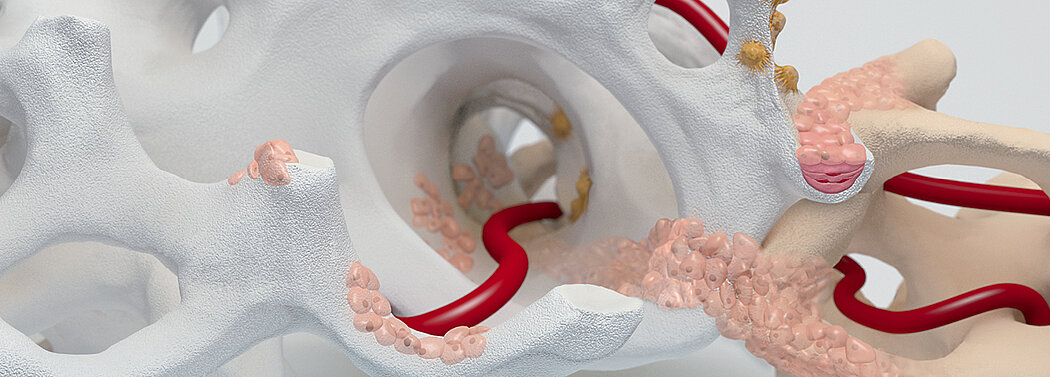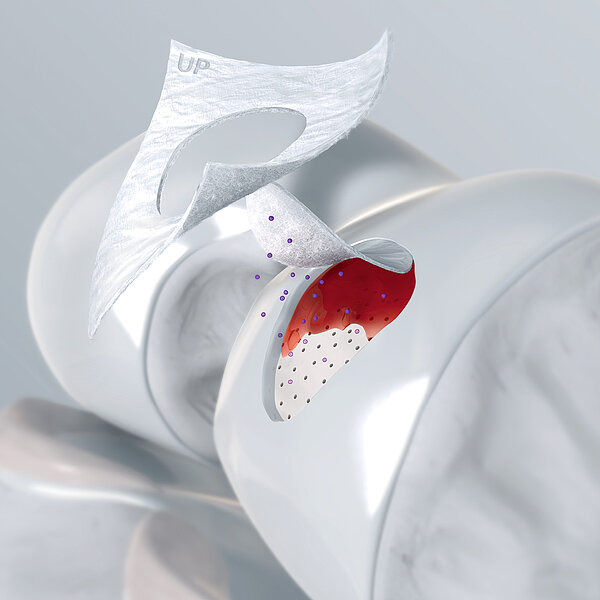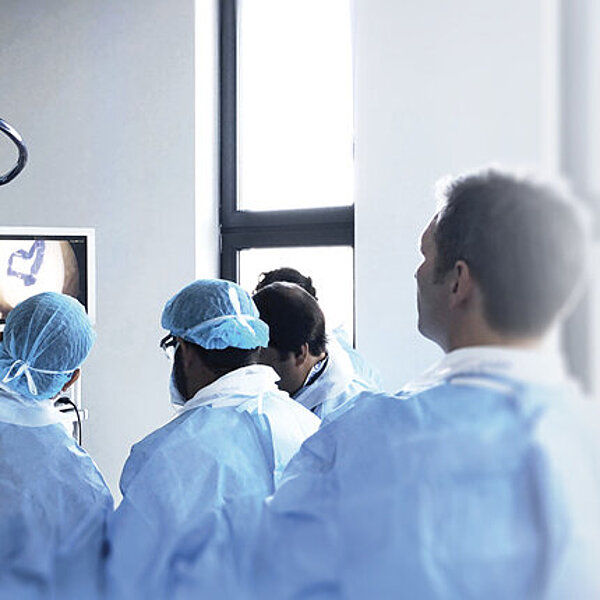Bone Regeneration

Bone defects are among the major causes of functional disability and aesthetic and psychological trauma for patients. As a result, the regeneration of bone tissue remains one of the important challenges in the field of orthopedics today.
Surgical Techniques
Bone regeneration involves a cascade of complex interactions, a variety of cells, and growth factors that require a suitable matrix as a basis for the well-orchestrated rebuilding mechanism.
Bone regeneration therapies leverage and support the body’s own capacity to foster bone regrowth.
Bone grafting is a popular treatment choice. However, both autografts and allografts have several known risks and disadvantages. These include the risk of disease transmission, donor site pain, and the limited availability or quality of material.1,2
Geistlich and Bone Regeneration
Geistlich has developed and produced bone graft substitutes for more than 20 years. Made from highly purified bone mineral, these products offer osteoconductive properties that are very similar to those of human bone. Their pore structure features a pore size, distribution, and connectivity that is ideal for bone regeneration.
Geistlich products for bone regeneration, Orthoss® and Orthoss® Collagen, have an inner surface area that is much larger than other available bone graft substitutes and is similar to that of autologous bone. However, unlike human bone graft material, Orthoss bone graft substitutes are readily available off the shelf, in unlimited quantity, and in various sizes and formats.
References:
- Nandi, SK. et al. (2010). Indian J Med Res. 132: 15–30.(Review)
- Kurien, T. et al. (2013). Bone Joint J. 95-B(5): 583–97. (Review)


